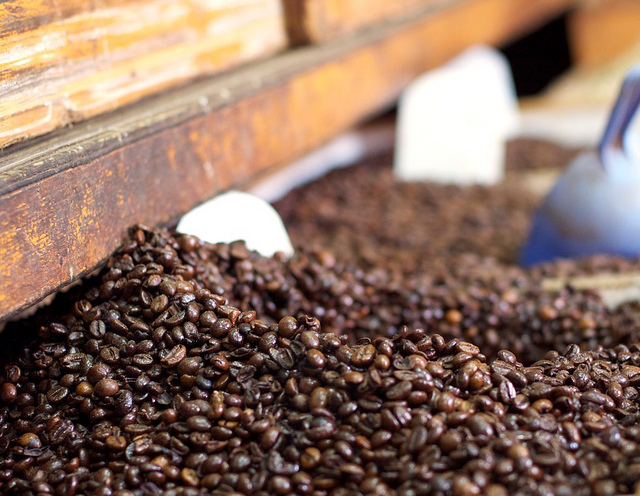Can Africa’s agricultural sector compete in the global marketplace? Consumable “niche” goods in the form of luxury coffee and teas from Africa are already on the shelves of such major US and UK retailers as Starbucks, Fortnum and Mason, and Costco. And Ghanaian chocolate has infiltrated the connoisseur’s market, featured at the famed Parisian chocolate house, la Maison du Chocolat.
Of course there’s more to African agriculture than coffee and chocolate. But while the potential for an African agricultural powerhouse is ripe, uncertainty emanates from many sources, including the impacts of climate change, the effects of agribusiness and commercial interests on value chains, and the implications of urbanization and wider socio-economic growth on diets and demand.
IFPRI Senior Research Fellow Siwa Msangi’s presentation at the July 2013 Forum for Agricultural Research in Africa’s Africa Agriculture Science Week (FARA-AASW), shed light on the pathway to future African competitiveness. One way African agriculture can compete with world markets, explained Msangi, is through the price of a good—which is driven by costs of energy, labor, and technology inputs. A second way is to differentiate a product by focusing on the niche market, which when well-analyzed and targeted, can prove lucrative for both the individual supplier and a country’s private sector as a whole.
Technology and know-how has made the niche, high-end market fashionable, particularly in East Africa. Pikolinos, for example, has created a line of footwear with the Maasai Project 2013 and Oliberte launched a line of leather shoes and bags from Ethiopia. Both ventures are garnering major kudos from sophisticated consumers looking for purchases that are not only fashionable, but empower the producer.
Where then lies the key to increasing Africa’s market share? According to Msangi, drivers of change—such as supply chain management, farming technology, and input prices on fertilizer and fuel—will shape the future of African agriculture, as export demand increases for the continent’s raw and processed goods.







